Select the input parameters of the relay according to the input quantity
1. Among the input parameters of the electromagnetic relay, the working voltage (or current) of the coil is closely related to the user, while the pull-in voltage (or current) is the parameter that the relay manufacturer constrains the sensitivity of the relay and judges and assesses it, which is only a reference value of the working lower limit. Because many users don't understand the particularity of the relay action principle, they often mistake the pull in voltage (or current) as the voltage (or current) that the relay should work reliably, and take the working voltage value on the pull in voltage value, which is very dangerous and not allowed.
Because the pull in value is only the minimum input to ensure the reliable operation of the relay, and after the relay acts, there is also a need for a safety value to improve the contact pressure required to maintain the reliable closing and the electromagnetic suction required to resist the environmental effect.
Otherwise, once the ambient temperature increases or under the condition of mechanical vibration and shock, or when the input circuit current fluctuates and the power supply voltage decreases, it is impossible to ensure reliable operation only by the pickup value. Therefore, when selecting a relay, first of all, check whether the rated working voltage specified in the technical conditions of the relay is consistent with the voltage provided by the circuit of the whole machine, and never compare with the pull in value of the relay.
2. According to the relay industry standard, AC relay should be closed at 85% of its nominal voltage, while DC relay should be closed at 75% of its nominal voltage. If the required value is different, it should be explained.
3. At the limit temperature, the user often does not give enough margin to the change of coil excitation. Especially at high temperature, this problem is very important. Because the coil resistance increases at high temperature, the coil power decreases. In addition, the temperature rise inside the coil also needs over excitation or margin. For the release at low temperature, the same problem exists, but not often.
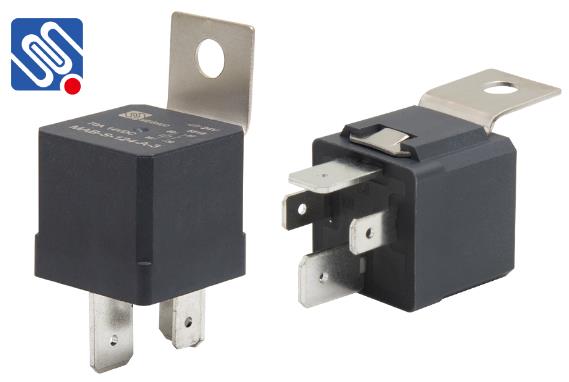



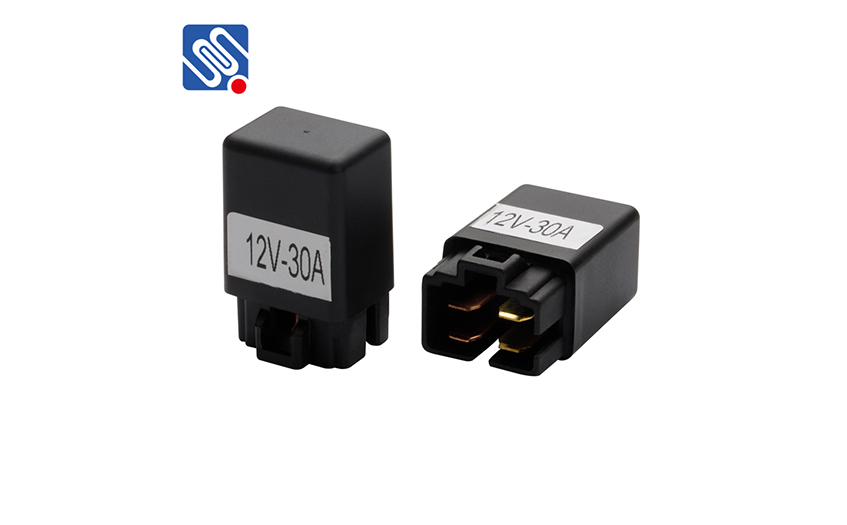
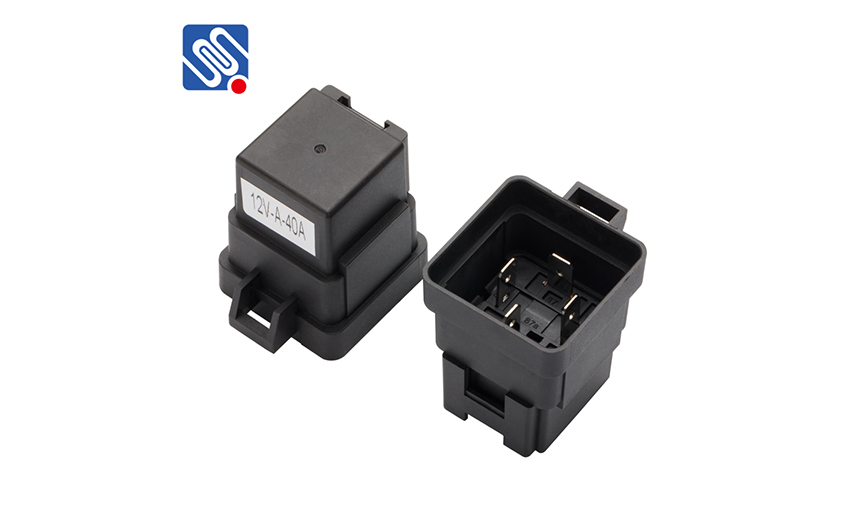
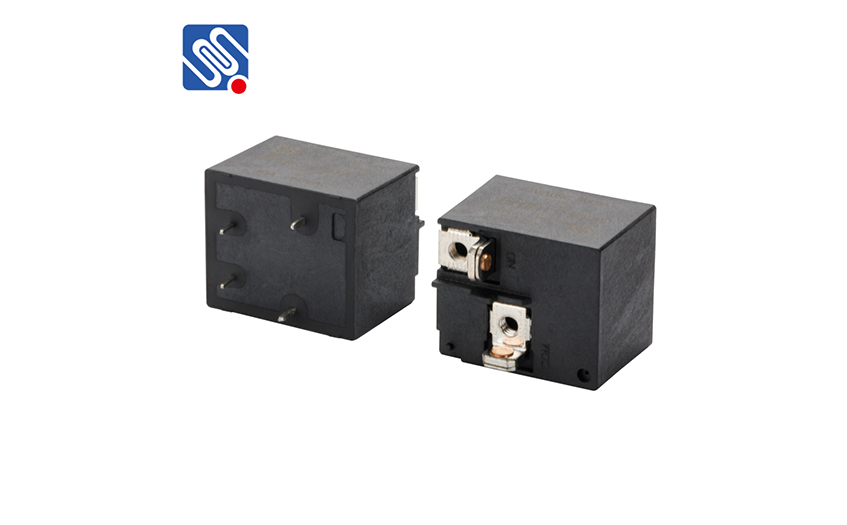
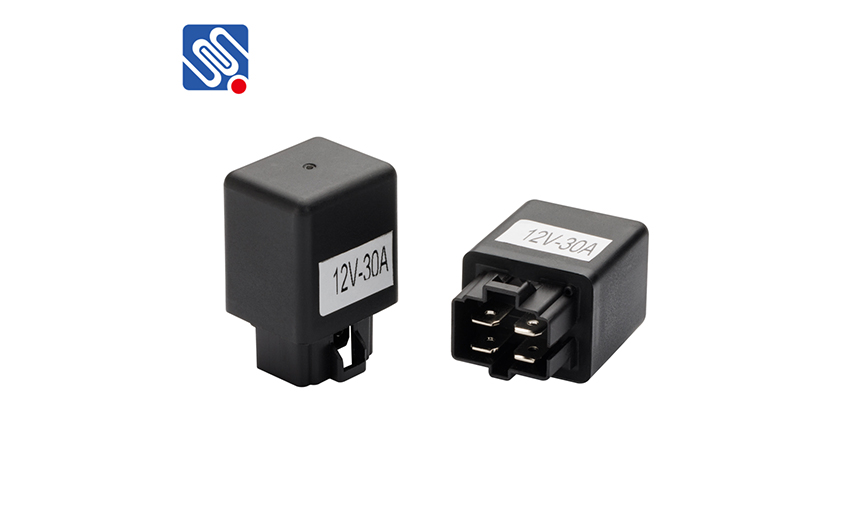
 selena
selena  sales@msrelay.com
sales@msrelay.com 13968707033
13968707033
 +86-577-62518811
+86-577-62518811





